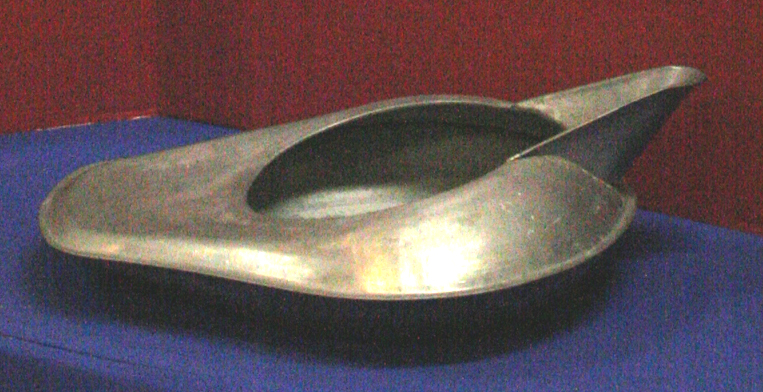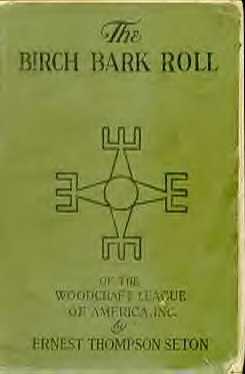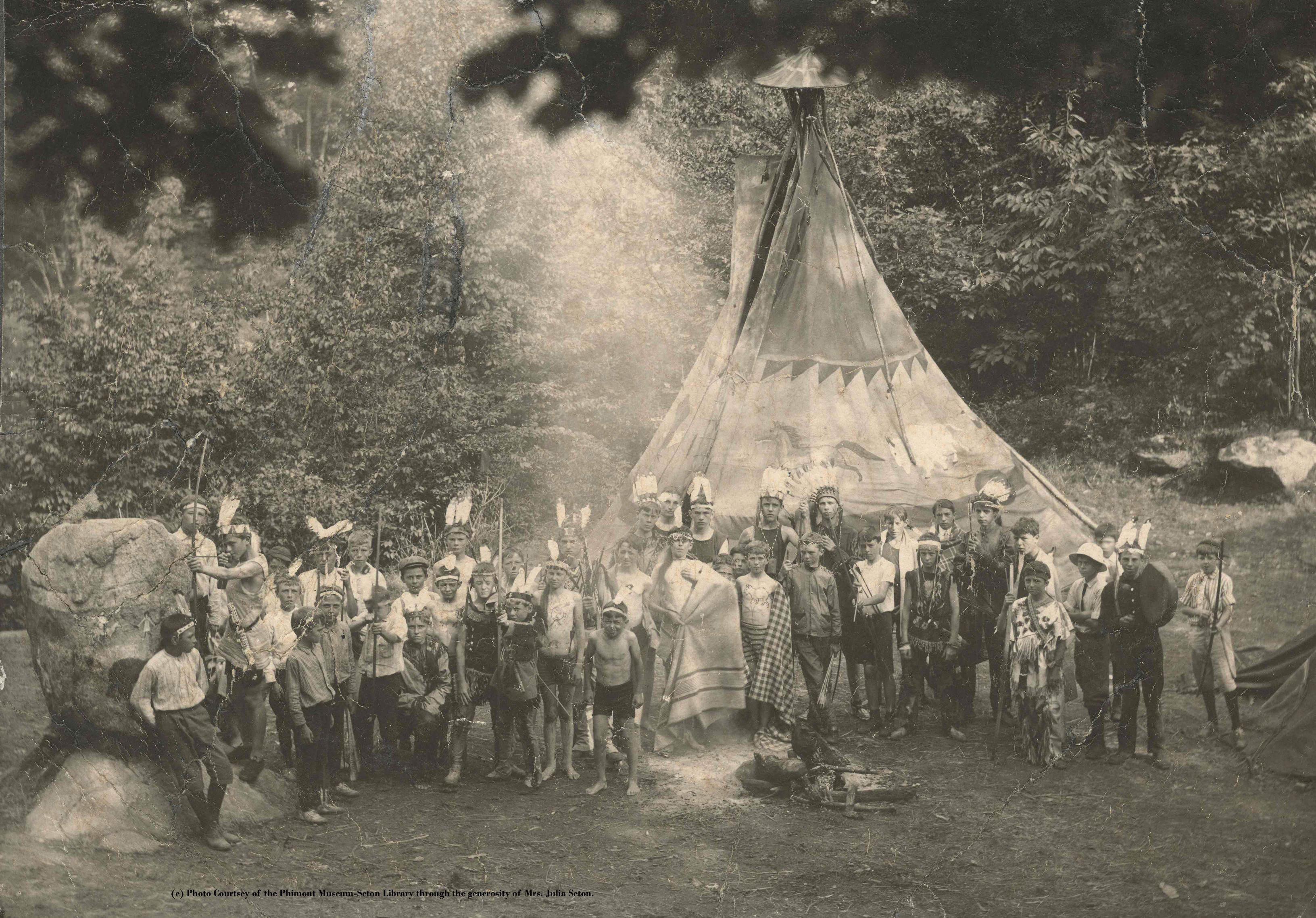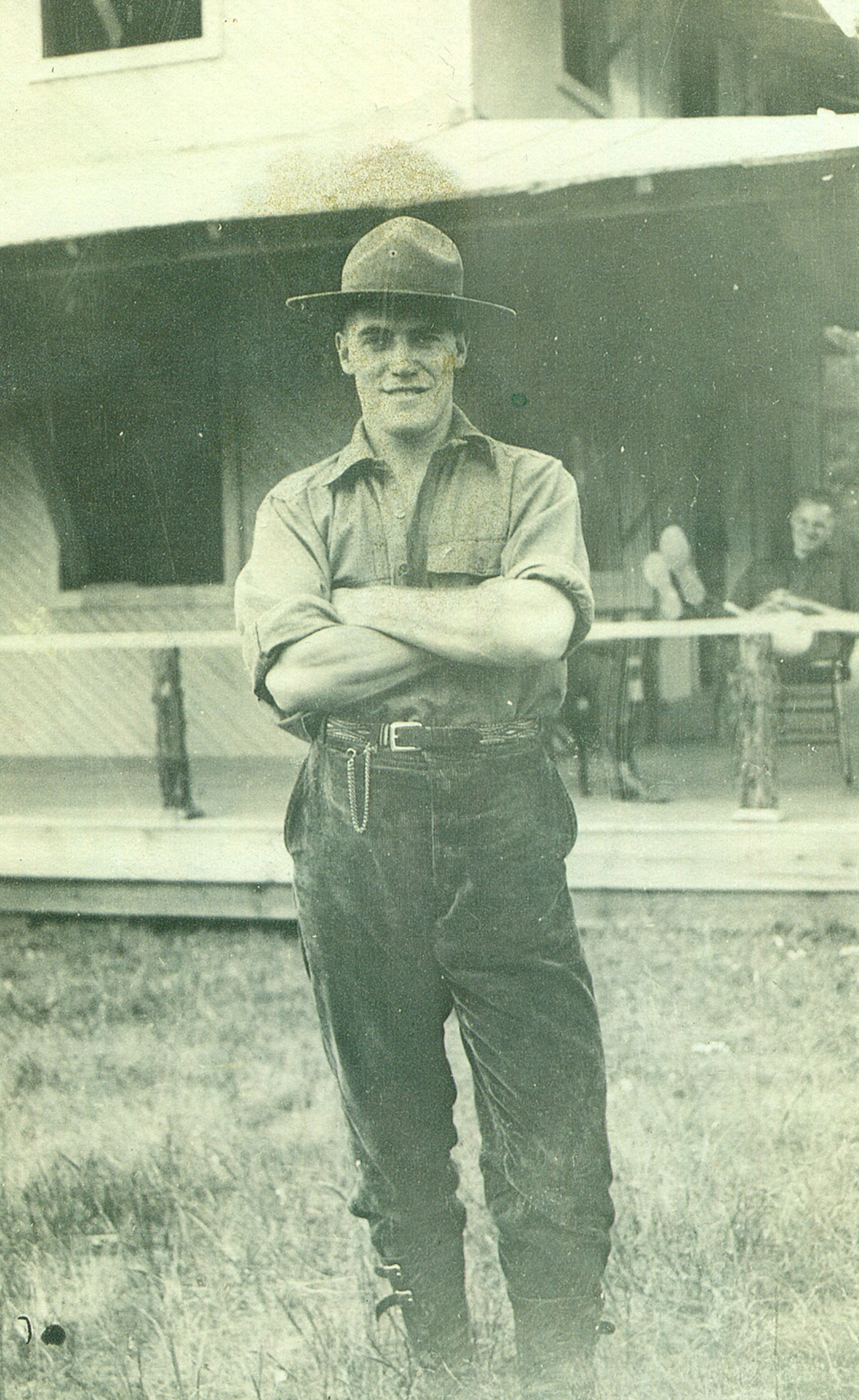Harry Yoder
In the early part of July 1915, Mr. E. Urner Goodman, enlisted my aid in clearing what is today the ceremonial grounds of the Unami Lodge, on Treasure Island. Armed with an axe and a rake we prospected through the dense brush which covered the lower half of the Island, for a likely location and finally selected the present site.
The first ceremony took place on July 16, 1915. It was a great day for Treasure Island. It was my good fortune to act as guide and guardian of the trail on this auspicious occasion. The Scouts were gathered at dark around the flagpole and after being admonished to preserve silence were formed in a single file and led down by a circuitous route to the Council Fire.
---- Excerpted from a Harry A. Yoder article in Philadelphia Council Annual Report
Harry A. Yoder was one of the youth staff at Treasure Island in 1915. He was a trusted Scout who E. Urner Goodman enlisted to help him prepare the new Council Fire for the summer camp.
While Yoder was not considered a ceremonial team member in 1915, he was asked to be the guard and guide of the trail that led to the Council Fire because he was the only staff person who knew where it was located on the island.
Yoder was not inducted into the Wimachtendienk until the last week of camp in 1915. He met with his new brothers at Camp Morrell in November 1915 and was appointed the Chairman of the Membership Committee. In June 1916, his committee presented a report on membership in the Wimachtendienk and defined charter membership.
Yoder signed on as a charter member and remained active in the Wimachtendienk for a number of years. He was Unami Lodge Chief 1920-21. He was the fifth Third Degree member (Vigil) in the Wimachtendienk in 1921. As an adult Harry A. Yoder served as an Assistant Scoutmaster in Troop 3, Philadelphia.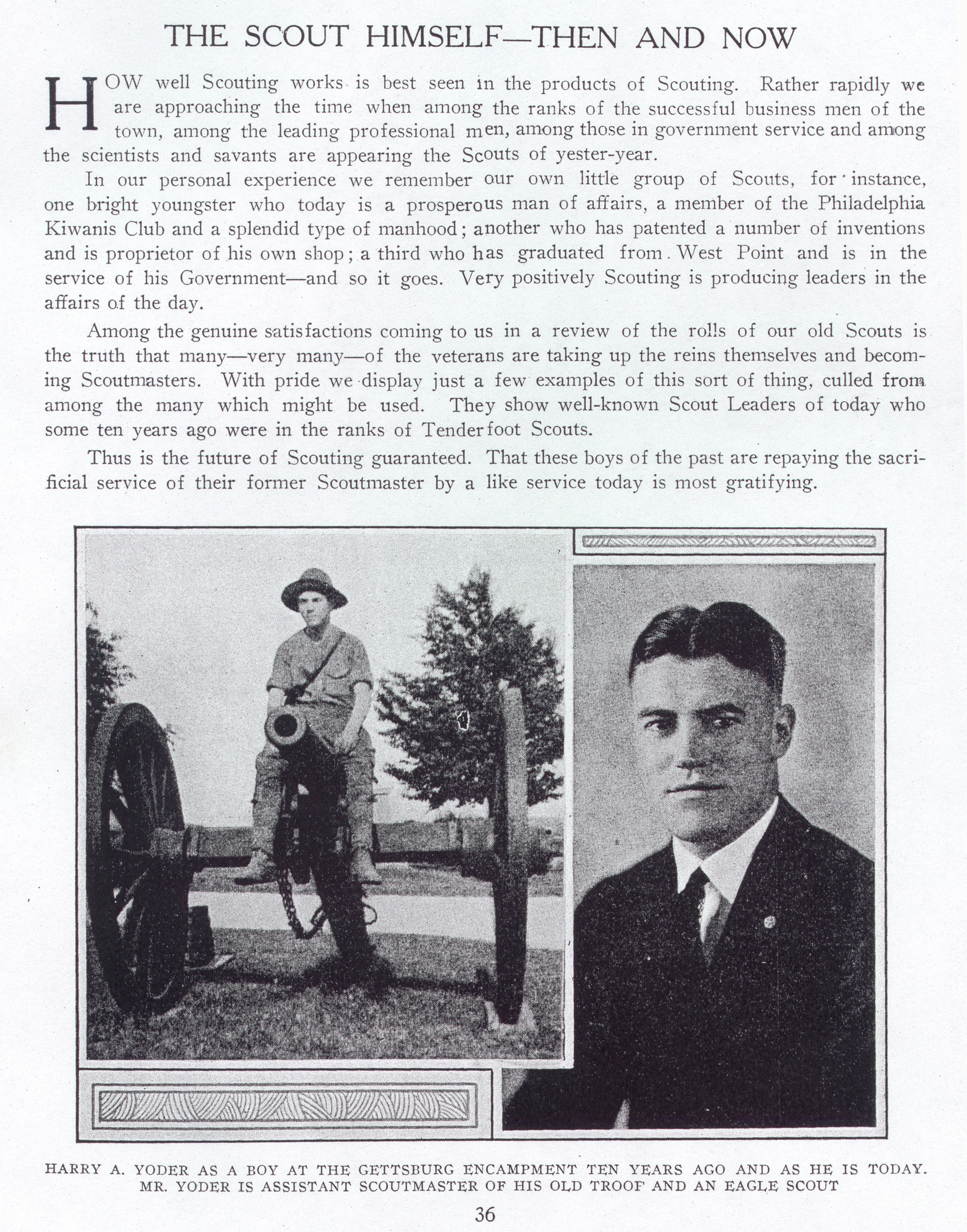
1, Founders, Goodman, OA, Profile, Scouting
